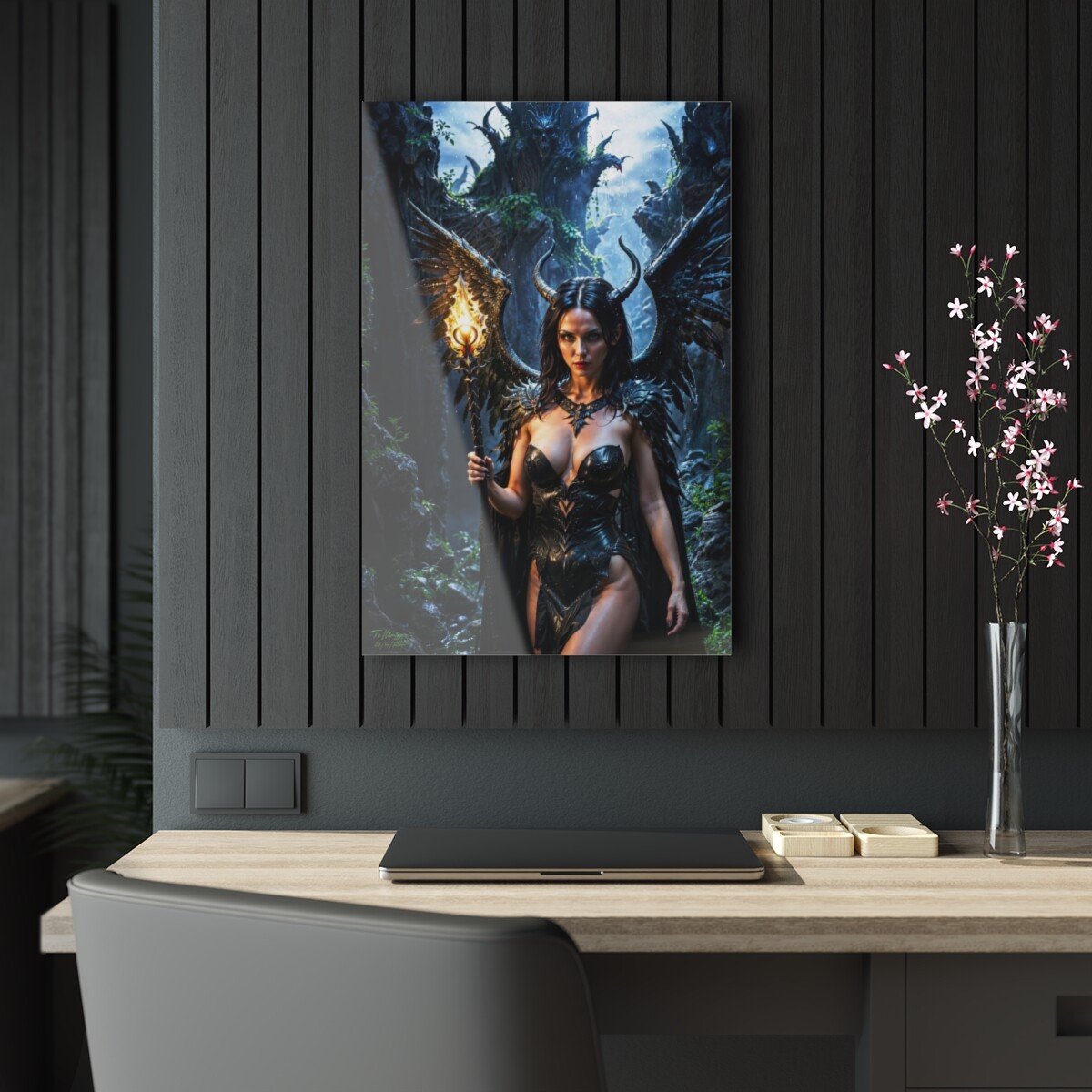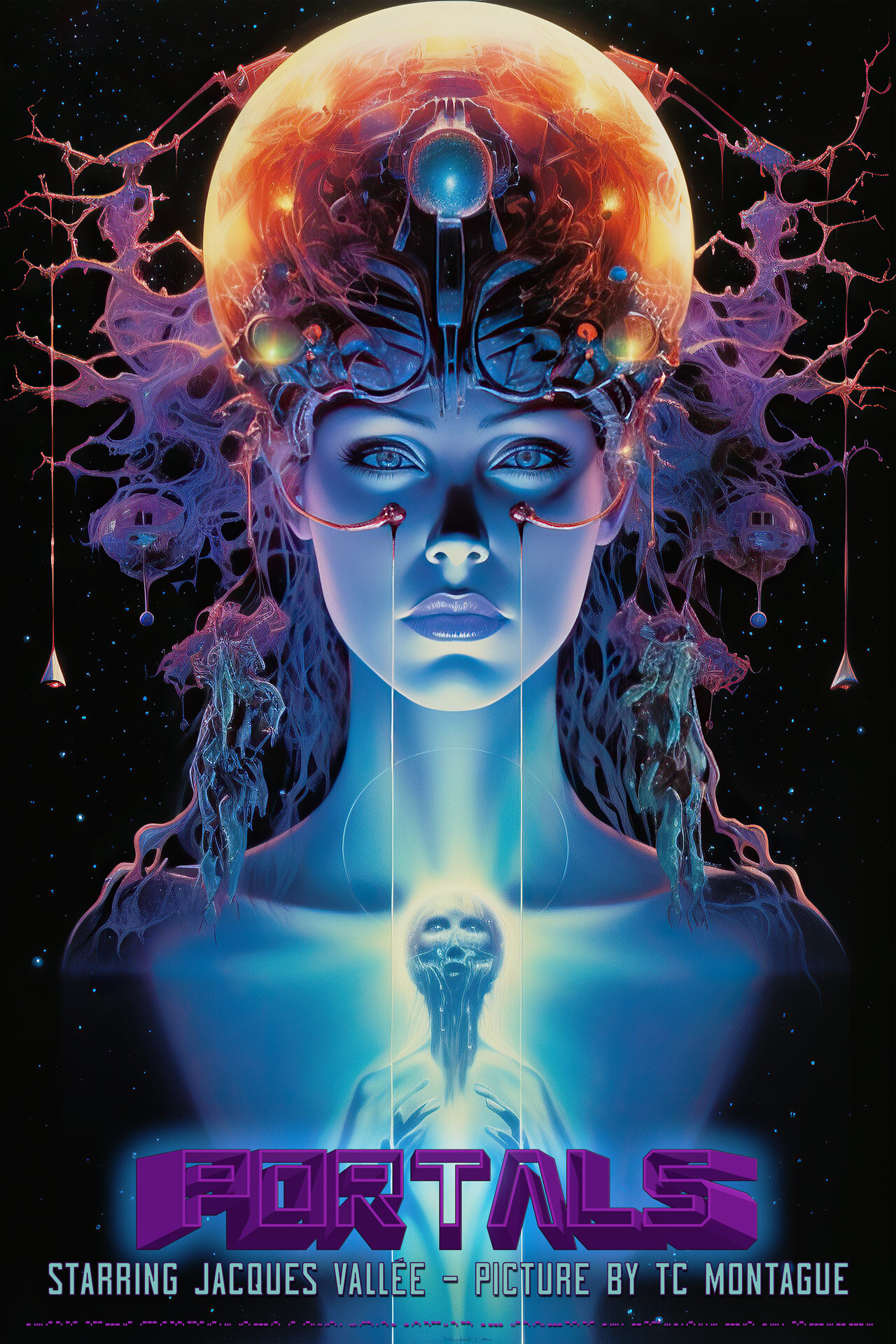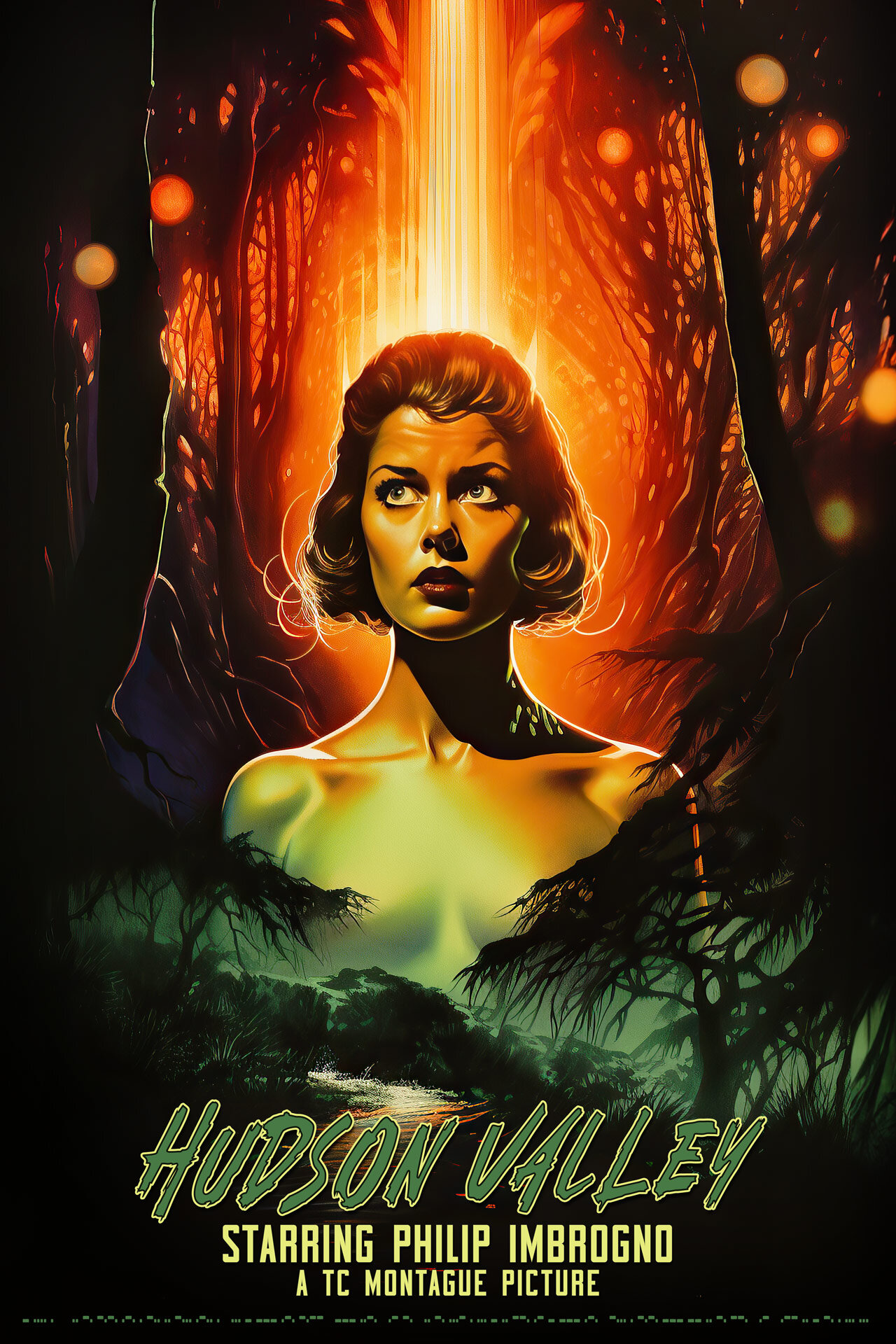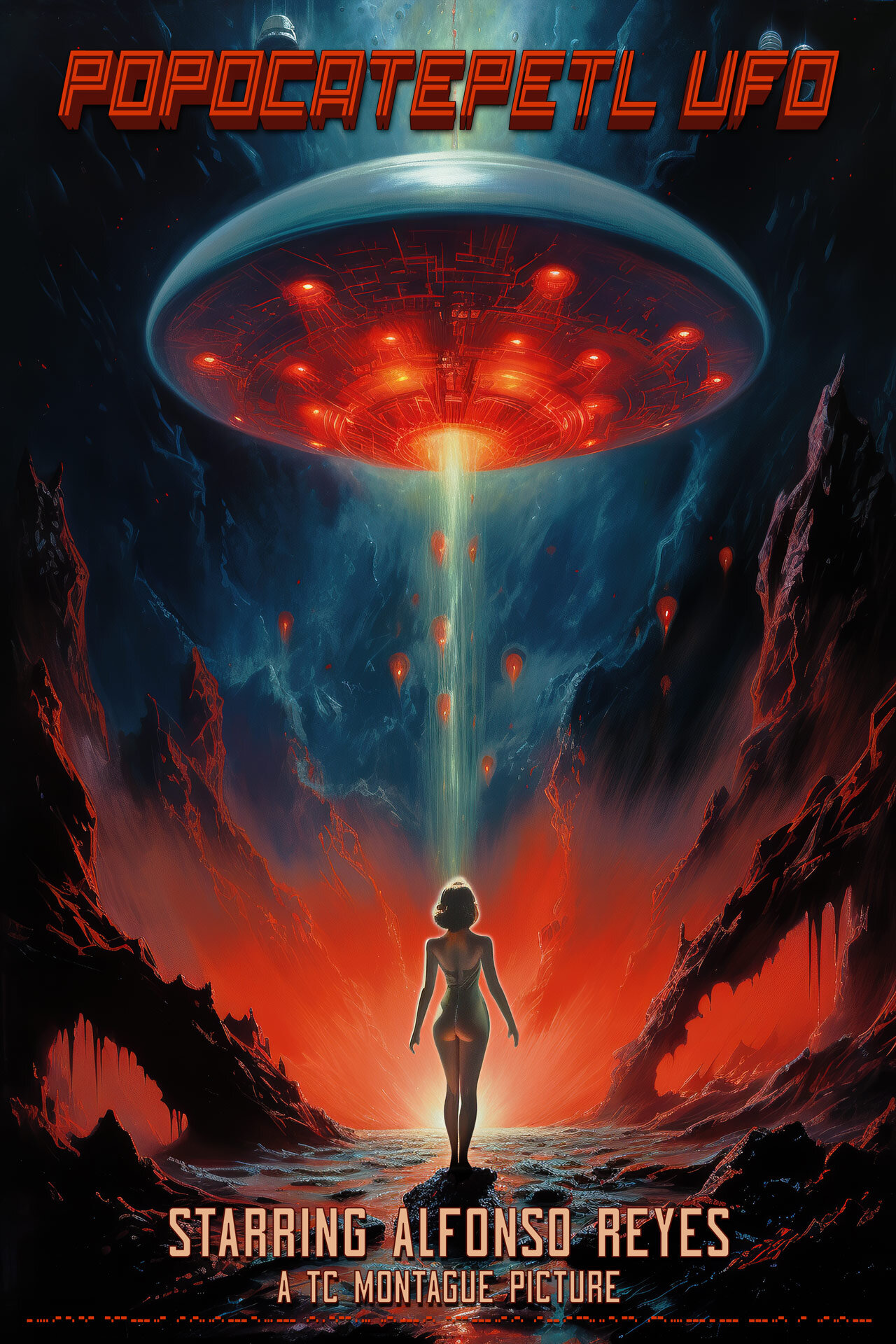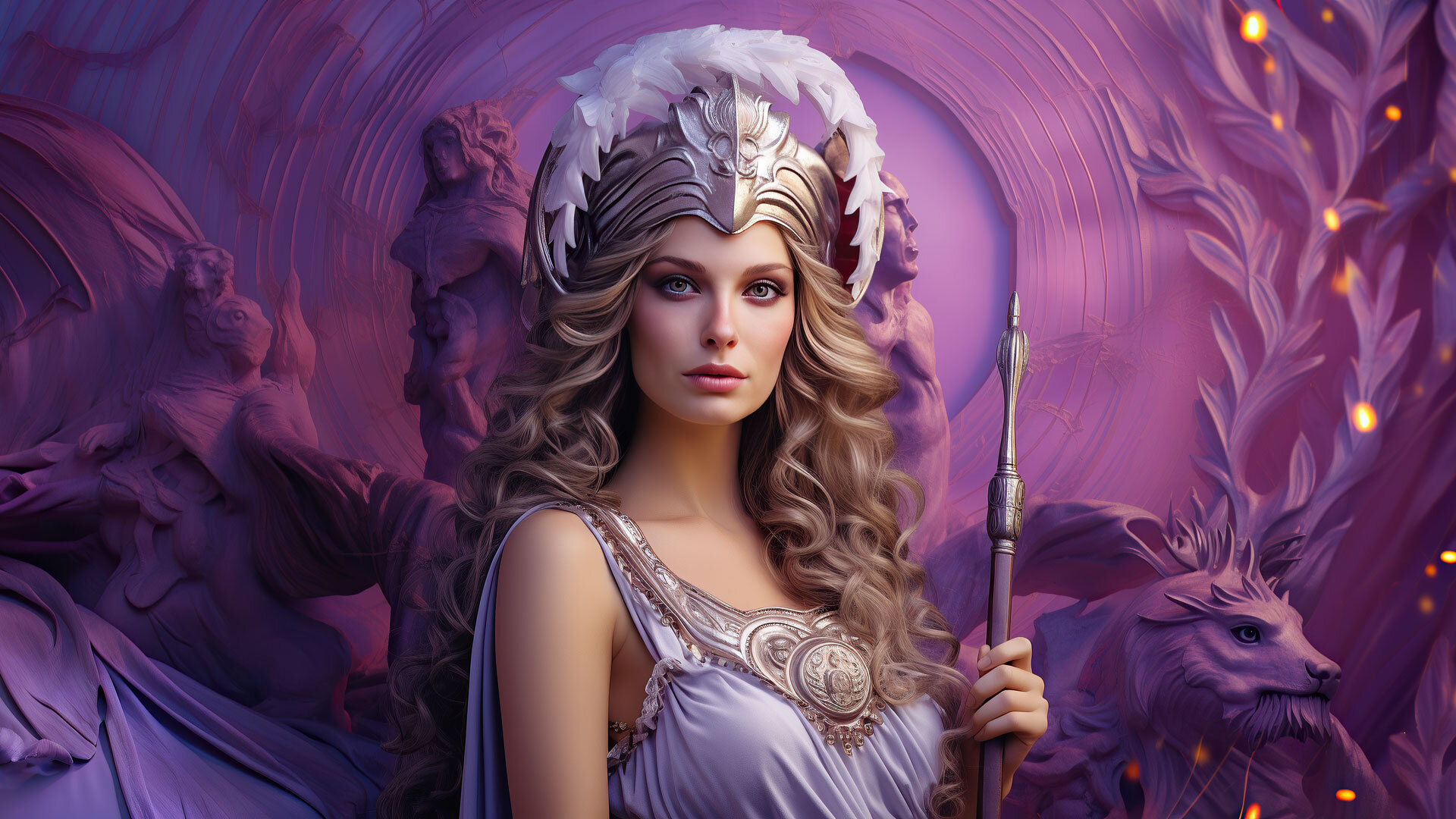My skill in prompt engineering has been honing with each passing day, particularly as I near my two-year mark of interaction with Mid Journey this July, 2024. This LLM stands out as one of the most extraordinary tools I’ve had the privilege to work with. Its ability to match the color space and lighting of portraits to my scenes with precision is noteworthy. This not only streamlines the compositing process but also ensures that all renders integrate flawlessly into the scene, enhancing the overall visual coherence.
I’m equally impressed with the capabilities of SDXL and automatic1111. These robust tools have revolutionized my workflow, offering an unparalleled degree of creative control over my digital creations.
The art of prompt engineering is crucial in AI-generated projects. Steering the AI towards specific constraints such as lighting, color, depth of field, exposure, style, subject position, camera angles, seed numbers, and negative prompting is a delicate balance. It requires not just technical expertise but also an intuitive understanding of the medium. Countless hours spent practicing with AI and refining the economy of my language have been key in maintaining consistency across all renderings.
Despite meticulous prompting, patience remains a vital component, often accompanied by the necessity to iterate or refine prompts to achieve the desired outcome.
For instance, a prompt like “top view of highly detailed neon pink cyberpunk HUD, LED screen, industrial, futuristic, grunge, neon pink lights, dark blue dim lighting –v 6 –ar 4:4 –q 2” demands not just precision in its formulation but also a willingness to adapt and evolve it as needed.




